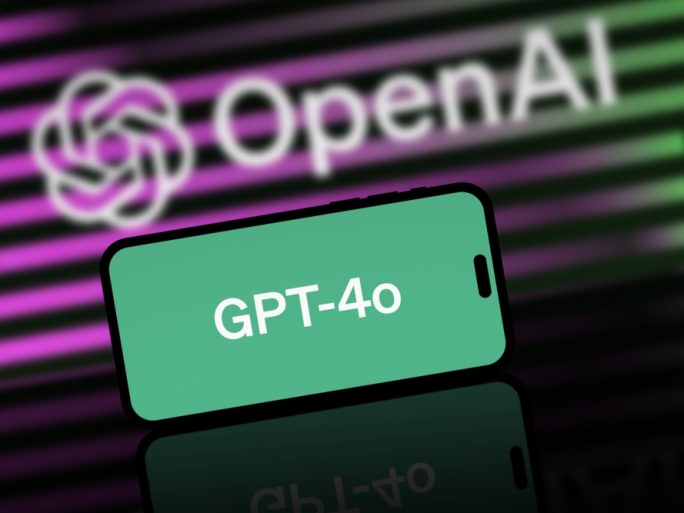Human-Machine Interaction with GPT 4o

GPT 4.0 transforms the way we communicate with machines and offers capabilities that go beyond previous models, says Eeva Raita from Futurice.
What is unique about GPT 4o is its multimodal functionality. For the first time, users can seamlessly communicate with the AI via text, image and sound, making the interaction more natural and intuitive. This ability to integrate different modes of communication brings the AI closer to human communication than ever before. Additionally, GPT 4o provides enhanced contextual understanding and personalized adaptations that allow responses to align with individual writing styles and expressions.
Technology that thinks and adapts
In the past, people have always had to adapt to new technologies. But with GPT 4o, we are experiencing a reversal of this dynamic: the technology now adapts to the user. The multimodal interaction possibilities significantly improve the user experience and AI can provide more comprehensive and multi-faceted answers, which opens up new application possibilities, especially in areas such as education, marketing and customer service.
The ongoing development of AI technologies such as GPT 4o is having a profound impact on companies. It is no longer just an option, but an urgent necessity to invest in these technologies. This is not just about increasing efficiency, but also about tapping into innovation potential. This requires the integration of AI tools into all workflows in order to gain new impetus and initiate and support creative processes. Adapting existing processes and training employees in the use of this technology are crucial to the company’s success. However, to get the best benefits, companies need to rethink their processes and not just add AI to existing processes.
Redesigning work processes and roles
The traditional boundary between man and machine is becoming increasingly blurred, as AI is no longer just seen as a tool, but also as a collaborative partner. Companies need to redesign their systems and integrate the technology into their work processes. In doing so, they must also consider the impact on workplaces, as AI can foster human creativity, change traditional roles and help to rethink processes. The key is to use technology in a way that enriches human experience and expertise, giving companies a competitive advantage.
Ethics and regulation
The increasing use of AI raises important ethical and regulatory issues that need to be addressed to ensure responsible and fair use of these technologies:
Avoiding bias
To avoid bias, it must be ensured that the training data is diverse and representative and that the data is pre-processed. Regular audits, human oversight, transparency, continuous monitoring and adherence to ethical guidelines also play a crucial role in maintaining fairness and reducing bias in AI systems.
Regulation and data protection
Data protection and security are also key challenges. AI systems that work with sensitive data, such as health or financial information, must follow strict data protection measures to prevent misuse and data leaks.
Regulation of AI
The regulation of AI must be comprehensive and forward-looking, and regulators should develop clear guidelines for the use of AI to ensure its responsible use. With its AI Act, the European Union has laid down strict rules for the use of AI to ensure the protection of fundamental rights and set ethical standards.
Inclusive everyday life through AI
Generative AI can help companies transform their business models by no longer just improving individual productivity, but by enabling system-level change and driving innovation. In supply chain management, for example, AI can optimize logistics by predicting fluctuations in demand and automating inventory management, leading to more efficient operations. In healthcare, AI can improve patient care by analysing large data sets to predict disease outbreaks, personalize treatment plans and streamline administrative processes. In product development, AI can also analyze market trends and customer feedback to suggest new features and products to drive continuous value creation.
Challenges and opportunities
Despite the huge benefits offered by technologies such as GPT 4o, there are also challenges. Data protection and security concerns are paramount, as AI often involves working with sensitive data. There is also a risk that the digital divide will widen if AI is not used prudently. The ethical issues surrounding the authorship of AI-generated content and the avoidance of bias in training data require clear guidelines and principles.
But the opportunities are just as great. With the right regulation, AI can take human creativity and innovation to a new level. The responsible use and integration of AI technologies can lead to more efficient workflows, personalized learning experiences and a more inclusive society. The key is to design the technology in a way that benefits everyone while overcoming the ethical and practical challenges. The future of AI is promising and full of potential – it is up to each individual to use this potential responsibly and develop the technology for the benefit of all.
![]()
Eeva Raita
is Chief Strategy Officer (CSO) at the transformation and innovation consultancy Futurice.